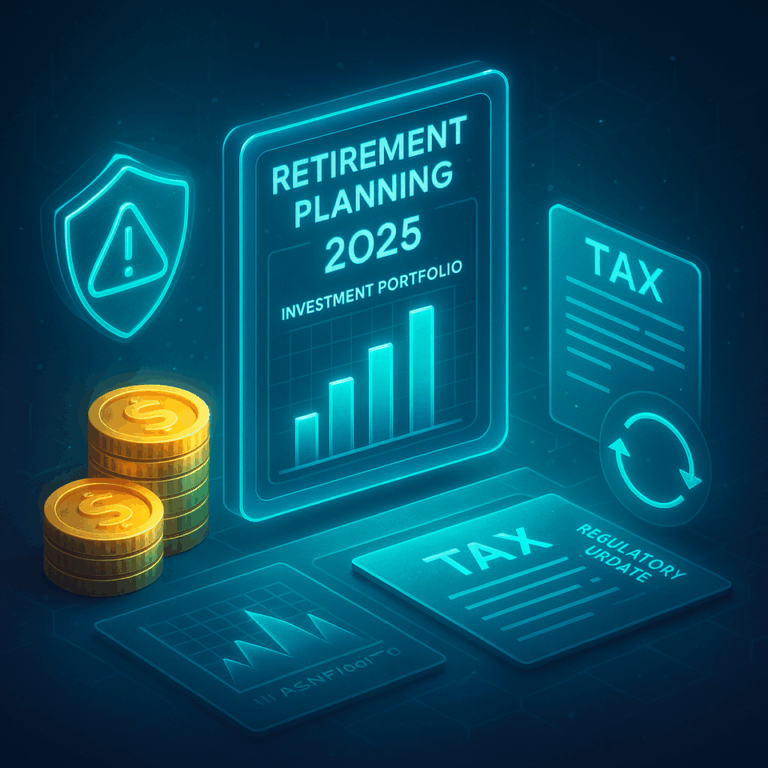Retirement planning is a crucial element of personal finance that ensures individuals can maintain financial stability when they stop working. The process involves identifying future income needs, understanding available financial resources, and implementing strategies to close any potential gaps. While retirement may seem distant for many, early planning provides a significant advantage by allowing more time for wealth accumulation and risk management.
Key Elements of Retirement Planning
A solid retirement plan begins with estimating future living expenses. These costs typically include housing, healthcare, food, and lifestyle choices. Inflation must also be taken into account, as it gradually reduces purchasing power over time. Once expenses are projected, individuals can calculate the income needed to sustain their desired lifestyle. This calculation forms the foundation for choosing investment strategies, savings goals, and pension arrangements.
The Role of Savings and Investments
Savings serve as the cornerstone of retirement planning, but relying solely on cash reserves is often insufficient due to inflation. Investments in equities, bonds, and diversified portfolios provide growth opportunities to outpace rising costs. While equities offer long-term growth potential, bonds can provide stability and income. Maintaining a diversified investment portfolio ensures that risks are balanced with potential returns, creating a more resilient retirement strategy.
Pension Plans and Social Security
Pension schemes and government benefits, such as social security, represent another critical aspect of retirement income. These programs are designed to provide a safety net, but their reliability may vary depending on economic conditions and public policy. Evaluating how much income these sources are likely to provide is essential in determining how much additional savings and investments are required to meet retirement goals.
The Importance of Healthcare Planning
Healthcare is one of the largest expenses retirees face. Medical costs tend to rise with age, making it important to incorporate health insurance and long-term care considerations into retirement planning. Allocating resources to cover potential medical expenses ensures greater peace of mind and financial protection against unforeseen circumstances.
Time Horizon and Risk Management
The time available until retirement significantly influences investment choices. Younger individuals may tolerate higher levels of investment risk, focusing on long-term growth. In contrast, those approaching retirement often prioritize capital preservation and stable income. Adjusting risk exposure according to the time horizon ensures that assets remain aligned with evolving needs and goals.
The Evolving Landscape of Retirement Planning
Modern retirement planning goes beyond traditional pensions and savings accounts. New investment opportunities, digital platforms, and financial products have expanded the options available to individuals. At the same time, increasing life expectancy highlights the need to plan for longer retirement periods. Adapting strategies to these changes ensures that retirement planning remains relevant and effective in today’s financial environment.
Conclusions
Retirement planning is not a one-time task but an ongoing process that evolves with personal circumstances and economic conditions. By combining savings, investments, pensions, and healthcare planning, individuals can build a strong foundation for long-term financial security. The earlier the planning begins, the greater the ability to manage risks, benefit from compound growth, and ensure stability in later life. Ultimately, effective retirement planning provides the confidence to face the future with resilience and independence.







